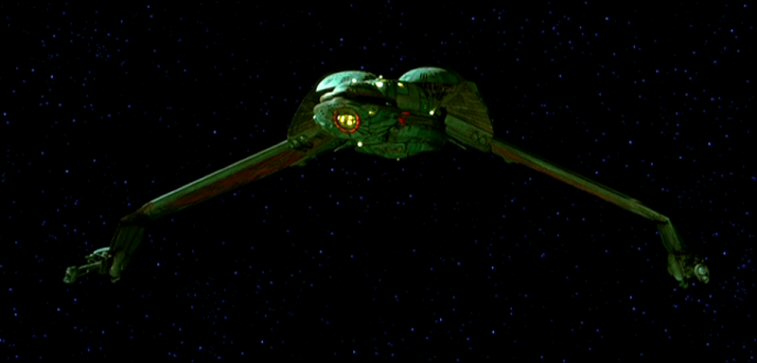Invisibility cloaking devices have been the subject of science fiction for a long time; for example the famous Klingon and Romulan devices of Star Trek.

Image courtesy of http://en.memory-alpha.org
This started to become reality in two papers in 2006. John Pendry of Imperial College London and David Schurig & David Smith of Duke University laid out the theory of “transformation optics” in [1]. Shortly after the principle was demonstrated using microwaves [2].
Perfect cloaking?
No-one so far has created a perfect cloaking device that works in a range of frequencies. Although one can make an object invisible, reflections from the cloak make the scene a little darker and the presence of the object is clear.
Now Nathan Landy & David R. Smith [3] have developed a diamond-shaped cloak, with properties carefully matched at the diamond’s corners, so that light passes around the cloak completely with no reflections.
Here, we design and experimentally characterize a two-dimensional, unidirectional cloak that makes no approximations to the underlying transformation optics formulation, yet is capable of reducing the scattering of an object ten wavelengths in size. We demonstrate that this approximation-free design regains the performance characteristics promised by transformation optics.
Extracted from the abstract of [3]
Applications
It would be very difficult to extend this technique to visible light, so hiding large objects from our view is a little way off. However, microwaves are important in telecommunications and it is possible that cloaking devices could be applied here.
Reference
[1] J. B. Pendry, D. Schurig, D. R. Smith, Controlling Electromagnetic Fields, Science 23 June 2006:
Vol. 312 no. 5781 pp. 1780-1782.
[2] D. Schurig, J. J. Mock, B. J. Justice, S. A. Cummer, J. B. Pendry, A. F. Starr, D. R. Smith, Metamaterial Electromagnetic Cloak at Microwave Frequencies, Science 10 November 2006: Vol. 314 no. 5801 pp. 977-980
[3] Nathan Landy & David R. Smith, A full-parameter unidirectional metamaterial cloak for microwaves, Nature Materials (2012) doi:10.1038/nmat3476